Crabs, Chitosan and Nanotechnology
Crabs creating electricity? Surely not?
And you’d be right, they don’t exactly create it - but some recent research into Chitosan, a material made from crustacean shells, is opening a whole new world of human applications derived from our hard-shelled friends.
The study published this year by Advanced Materials is concerned with harvesting mechanical energy from the ambient environment. These systems are called triboelectric nanogenerators, or TENG, and they work by converting small physical thermal and mechanical changes into electricity. This functions using the triboelectric effect, which is a form of energy generation that we are familiar with in the form of static shocks and by rubbing balloons on our hair.
These advances in the development of TENG is allowing for a potential future of self-powered, biodegradable, naturally sourced nano-technologies. The materials used to make Chitosan are often waste-products and simply thrown away, although they are derived from animals so they’re not exactly vegan.
In the study, Chitosan was combined into several testing films with a variety of different compounds like glycerol, starch and lignin, an organic polymer derived from wood. These films were placed against the thermally stable material called Kapton and their energy outputs measured.
The movement between the Kapton and the Chitosan film creates a potential electrical difference of positive and negative charges which then generates an electrical field. This charge is then directed toward an output node and becomes usable electricity.
The applications of this crab-based technology is broad, but researchers are keen to see it used in the medical world as an economical and environmentally friendly power source.
It is likely that in our lifetimes we will see Chitosan taking on a larger and larger role in nanotechnology. So the next time someone asks you what crabs and the future of advanced material research have in common, refer back to Chitosan.
You’re welcome.
P.C: Ruoxing Wang, Shengjie Gao, Zhen Yang, Yule Li, Weinong Chen, Benxin Wu, Wenzhuo Wu, Sean McGrath


